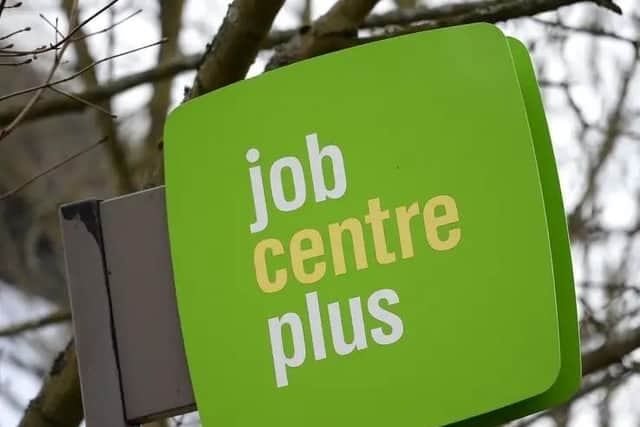Cost of living crisis: nine in 10 Dacorum households in work
and live on Freeview channel 276
New figures show nine in 10 Dacorum households have at least one working-age adult in employment.
Last year saw the first national rise in the number of working-age households without an employed adult since 2010, before rising food and energy prices led to soaring inflation this year.
Advertisement
Advertisement
The Institute for Public Policy Research said the rise in workless households is "seriously concerning".


Office for National Statistics figures show 47,055 Dacorum households containing one or more occupants aged between 16 and 64 had at least one person in employment in 2021.
It meant 91.9% of households were classed as either working – where all working-age adults are in employment – or mixed, with at least one working and one workless adult – up from 91.2% the year before.
The UK’s number of workless households rose for the first time since 2010 last year from 13.7% to 14.1%.
Advertisement
Advertisement
Rachel Statham, IPPR’s associate director for work and welfare state, said: "It’s seriously concerning to see a rise in workless households as our cost-of-living crisis deepens this winter, and it’s clear that urgent action is needed to keep people in the workforce as living costs soar."
Ms Statham highlighted the high rate of sickness and ill health as a reason for the uptick in worklessness.
Across the UK, 34% of workless households said they did not work because of sickness or disability.
This was the most common reason given in every region across the country – in the East of England, it was 32%.
Advertisement
Advertisement
A further 21% said it was because they had retired early, while 11% were out of work due to being unemployed.
Ms Statham added: "We need to see urgent action from our new government to drive down waiting lists, improve access to employability services for people struggling with health problems, and strengthen social security for those who are unable to work due to ill health or disability, or this trend will result in significant social and economic costs over the long term.”
The Department for Work and Pensions said it has supported 1.3 million people with disabilities into work in the past five years.
A spokesperson said: "All disabled people deserve the same opportunities to start, stay and succeed in the workplace as everyone else,"
